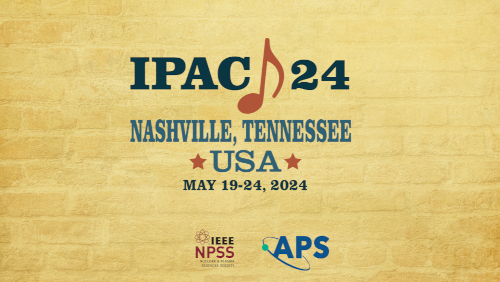Speaker
Description
Studying the energy deposition in accelerator components, mechanical supports, services, ancillary equipment and shielding requires a detailed computer readable description of the component geometry. The creation of geometries is a significant bottleneck in producing complete simulation models and reducing the effort required will allow non-experts to simulate the effects of beam losses on realistic accelerators. This paper describes a flexible and easy to use Python package to create geometries usable by either Geant4 (and so BDSIM or G4Beamline) or FLUKA either from scratch or by conversion from common engineering formats, such as STEP or IGES created by industry standard CAD/CAM packages. This paper describes the updates to pyg4ometry since IPAC19. These updates include ROOT geometry loading, refactored geometry processing using CGAL, direct CAD file loading using OpenCASCADE, geometrical feature extraction and geometry comparison algorithms. The paper includes small examples of the new features with explanations.
| Region represented | Europe |
|---|---|
| Paper preparation format | LaTeX |

